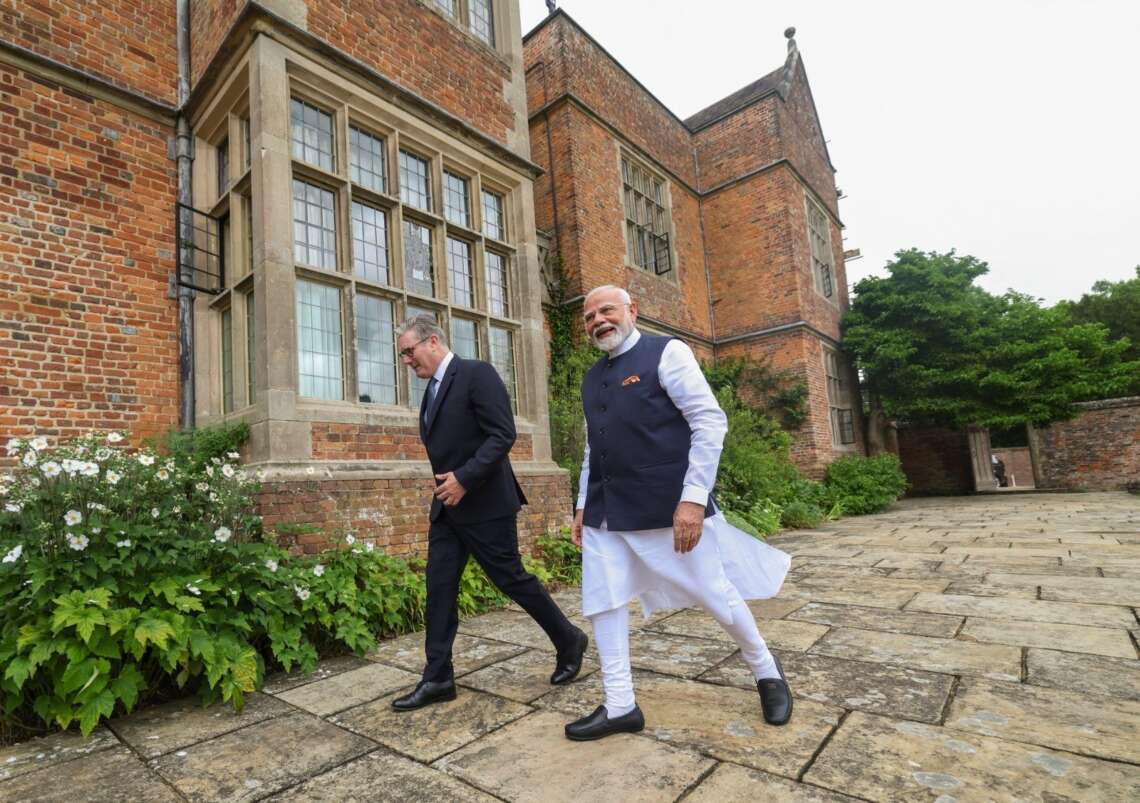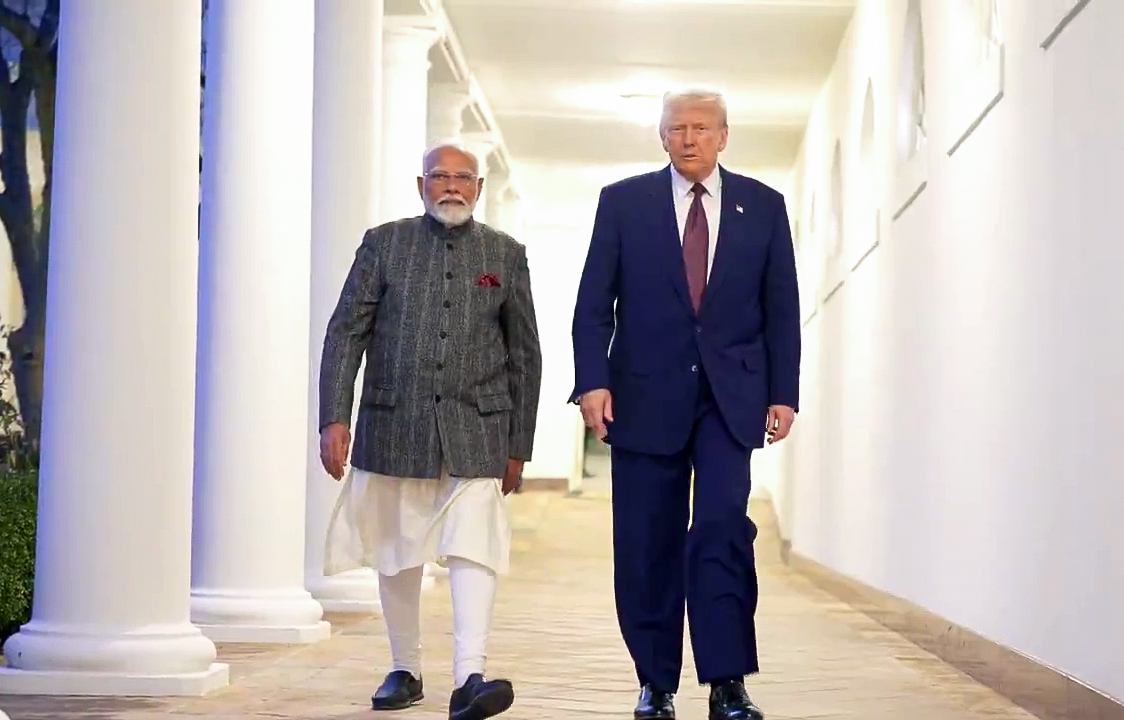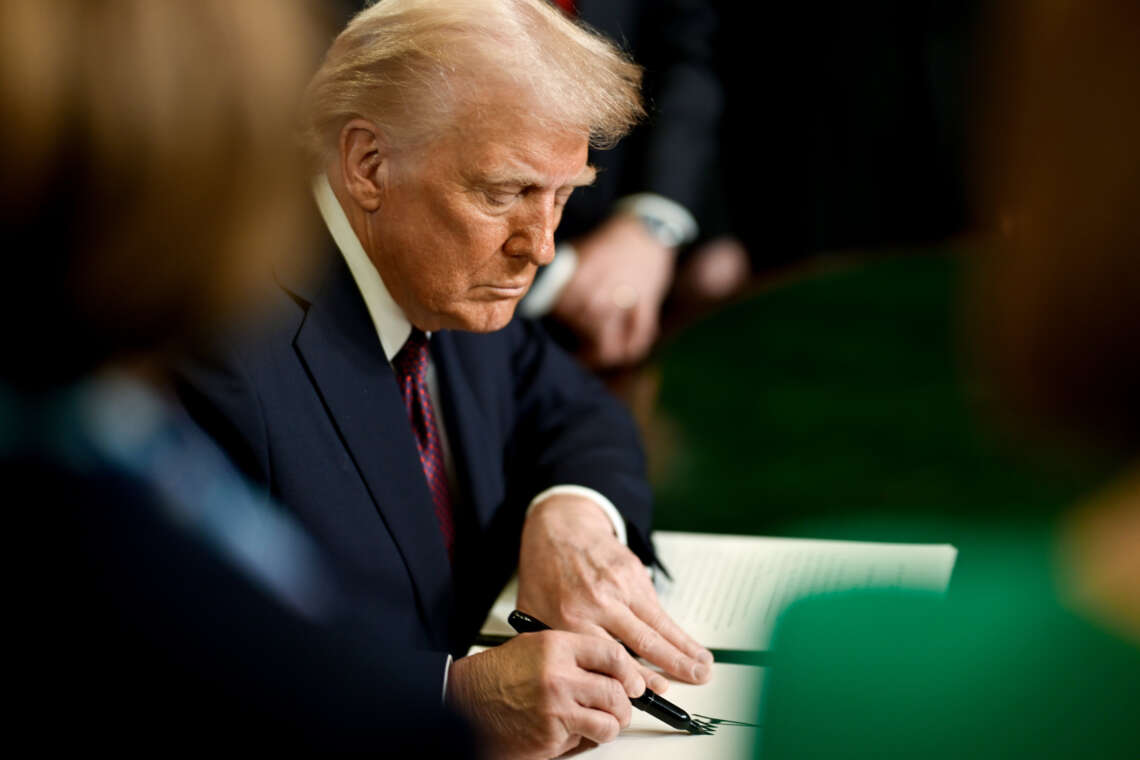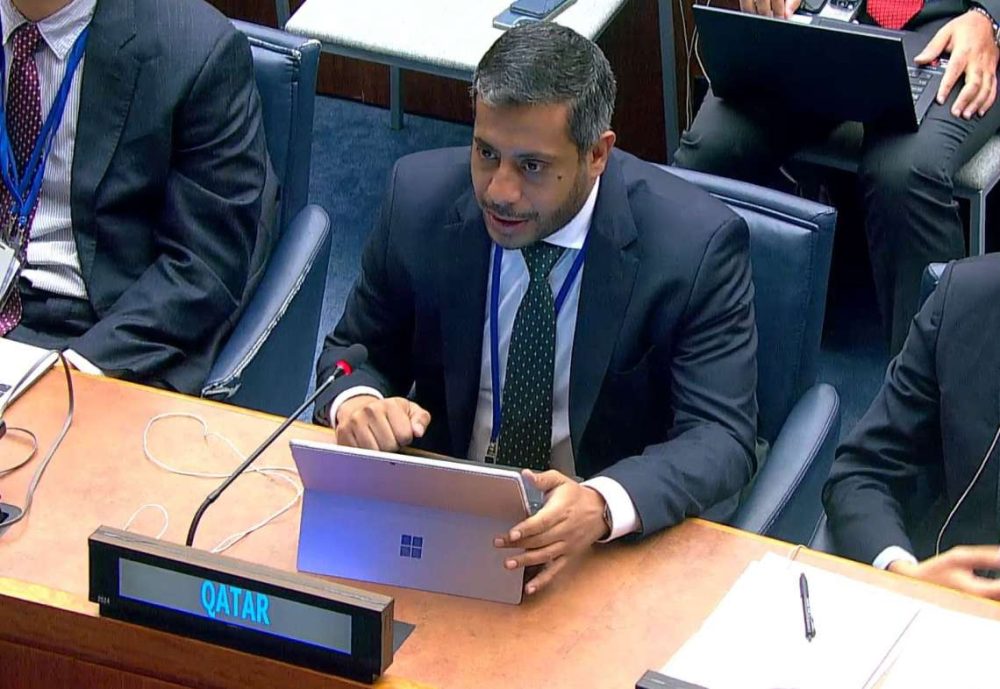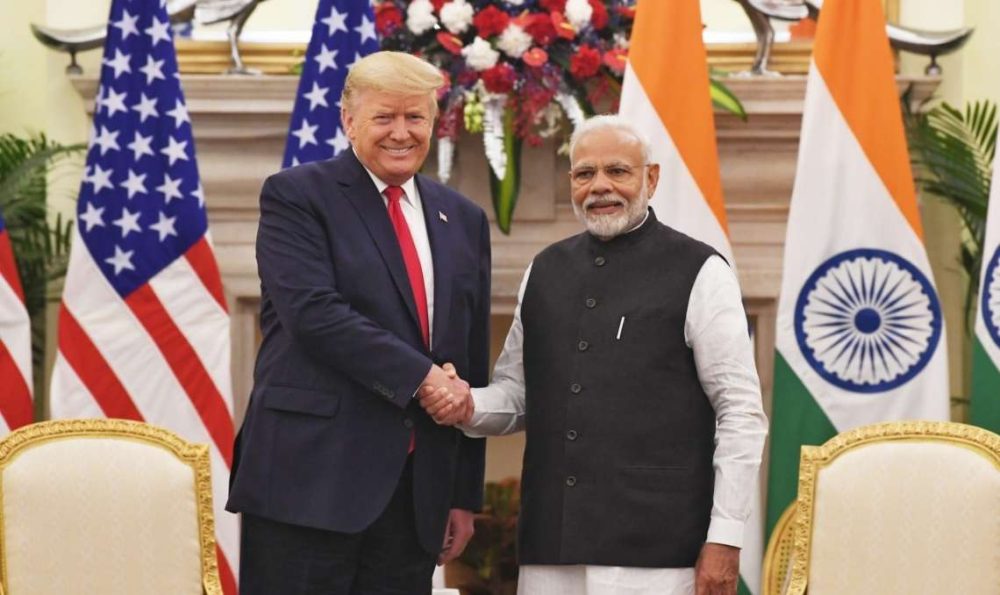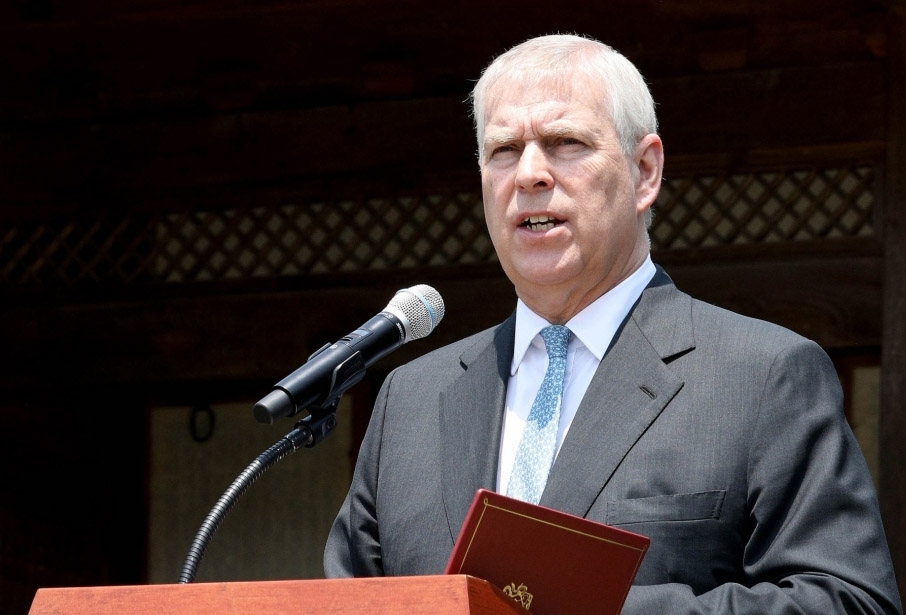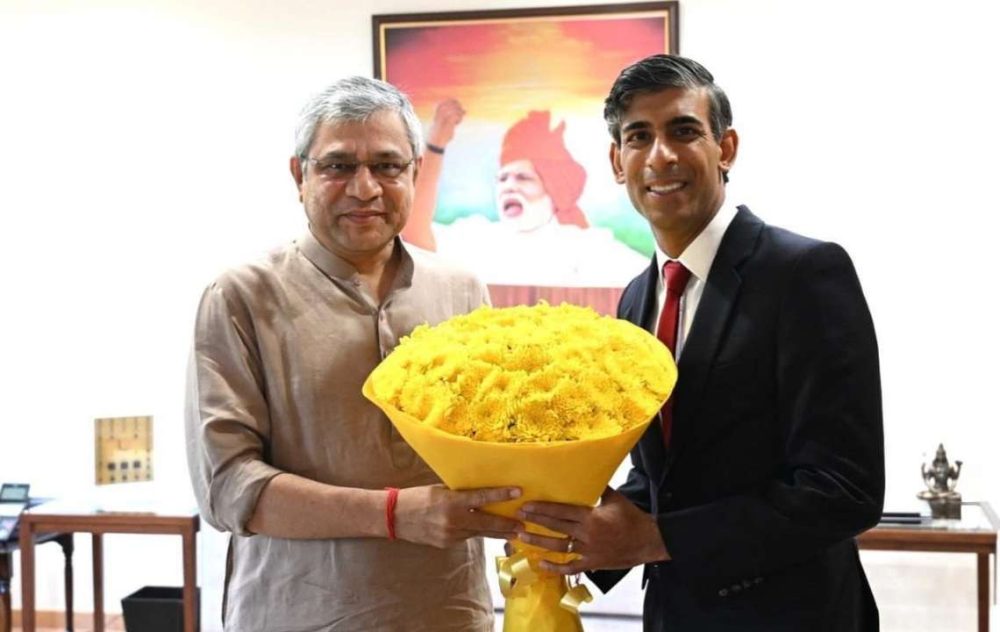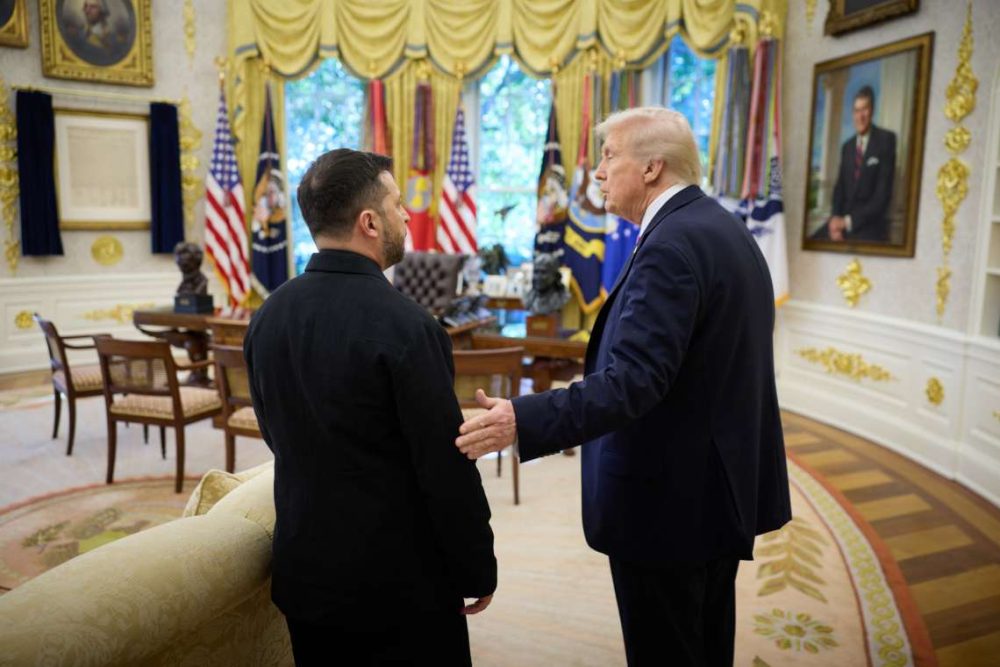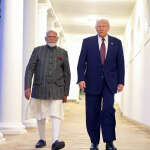As India cements its position as a global trading force with a flurry of new free trade agreements, including a landmark pact with the United Kingdom, negotiations with the United States continue to lag, despite growing strategic and economic convergence.
A report in Newsweek highlights the stark contrast between India’s active trade diplomacy and the yet-to-be-finalised trade agreement with Washington. While US President Donald Trump has expressed optimism about concluding a deal, and India remains open to engagement, the lack of progress has drawn concern among economic and strategic analysts on both sides.
Sanjeev Sanyal, a member of the Prime Minister’s Economic Advisory Council, told Newsweek that India is prepared to engage with global partners, including the West, but on equitable terms. “We understand that Western countries have their interests, but we also have ours. So, we will speak up for our interests. This does not mean that we won’t be willing to engage or make reasonable trade-offs,” he said.
The Indian government’s approach has been characterised by a deliberate mix of pragmatism and self-interest. It has inked significant deals while protecting sensitive domestic sectors such as agriculture, small businesses, and traditional industries. The recently concluded India-UK Free Trade Agreement (FTA) is seen not just as an economic milestone but a geopolitical pivot, reflecting how both nations now approach partnership and power dynamics.
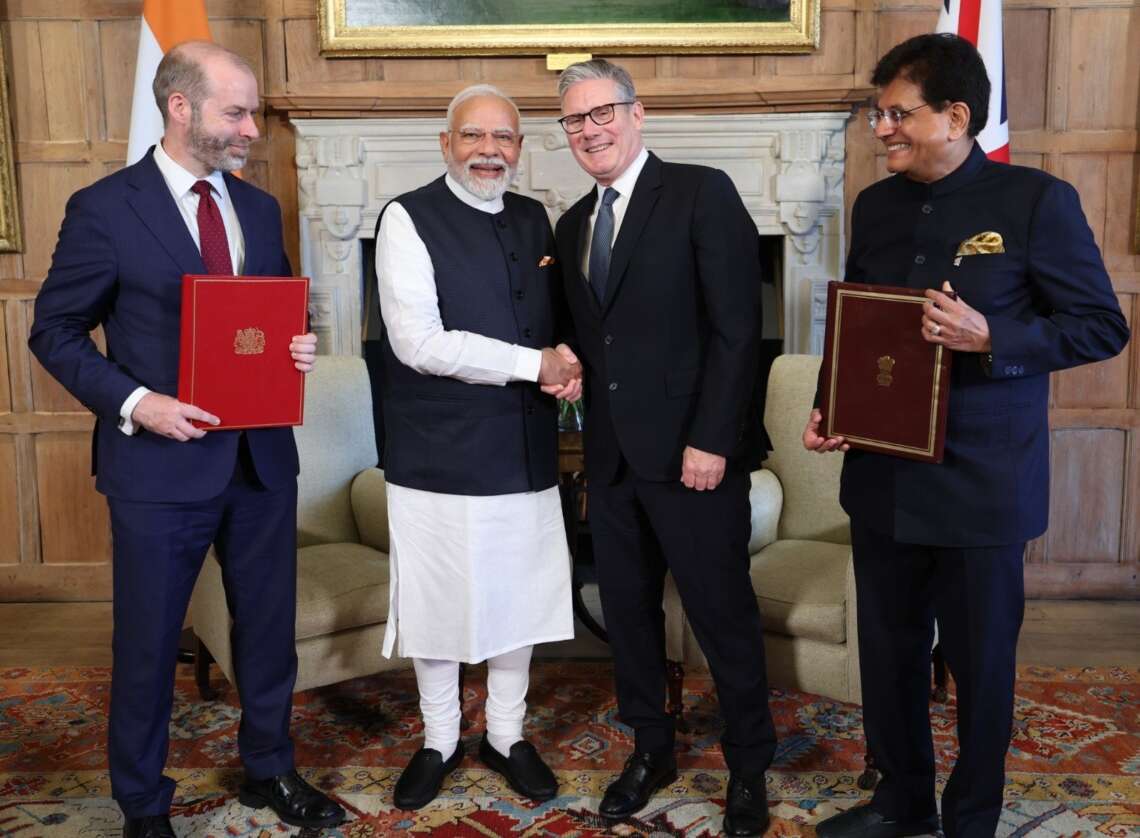
“The UK-India FTA is a clear sign that India is not desperate for trade deals—it has choices,” said Lisa Curtis, director at the Center for a New American Security and a former White House official. She argued that the Trump administration should consider reasonable concessions if it wants to cement a long-term strategic partnership with New Delhi. “India’s deal with the UK shows it has global trading options,” she said, adding that Washington should not expect India to expose its agricultural sector without adequate reciprocity.
The India-UK pact, which took nearly three years to finalise after being launched in May 2022, was anything but rushed. Negotiators on both sides had to carefully balance domestic sensitivities, including rural interests, small-scale industry protections, and service sector priorities.
“This agreement is more than just trade,” said UK Conservative MP Bob Blackman in the report. “It reflects a broader shift in how both India and the UK perceive their global roles and future partnerships.”
Amid these economic developments, India has also taken a diplomatic step towards easing strained ties with China. Earlier this month, India resumed issuing tourist visas to Chinese citizens, ending a five-year freeze. Chinese Foreign Minister Wang Yi, during a meeting with Indian External Affairs Minister S. Jaishankar, called for continued “good neighbourliness and friendship,” signalling a potential softening in bilateral rhetoric.
Geopolitical analysts believe that these moves—swift trade diplomacy, selective global engagement, and measured rapprochement with China—point to India’s rising stature as a “global swing power.” The term, increasingly used in foreign policy circles, captures India’s ability to maintain strategic autonomy while engaging assertively across multiple fronts.
For Washington, the message is becoming increasingly clear: India is a confident global actor with options. If the US wishes to deepen trade and strategic ties with New Delhi, it must act with greater urgency and flexibility.


